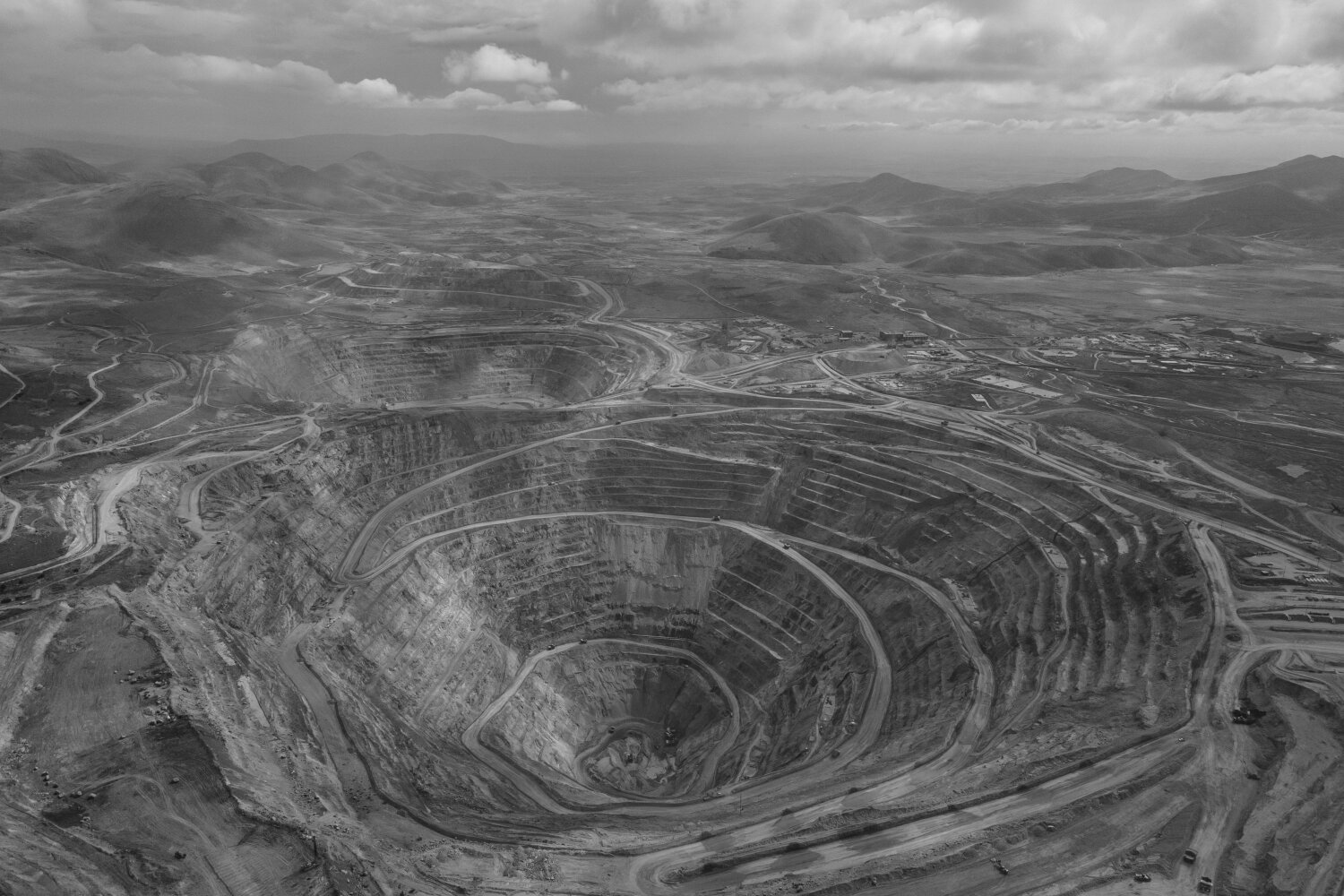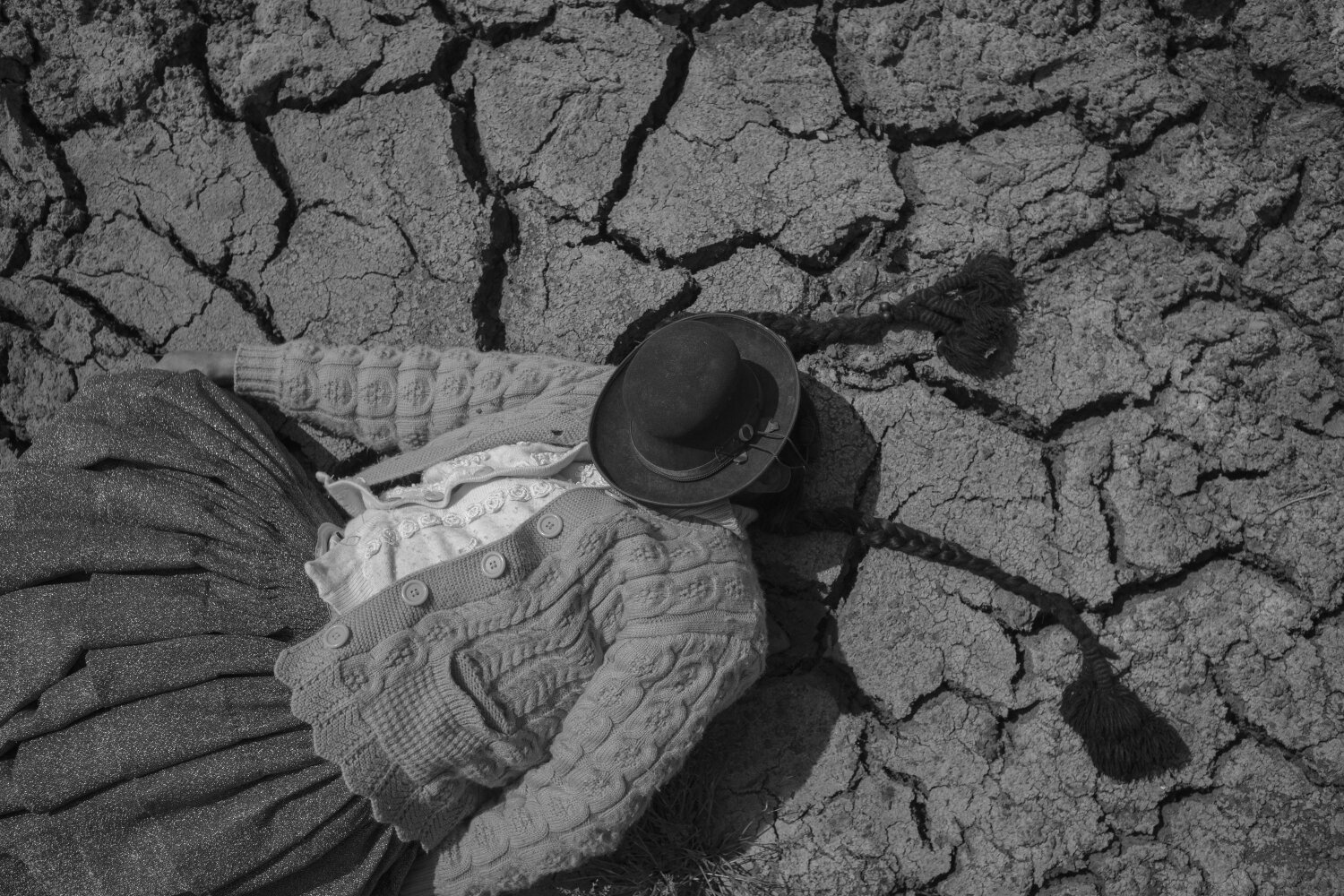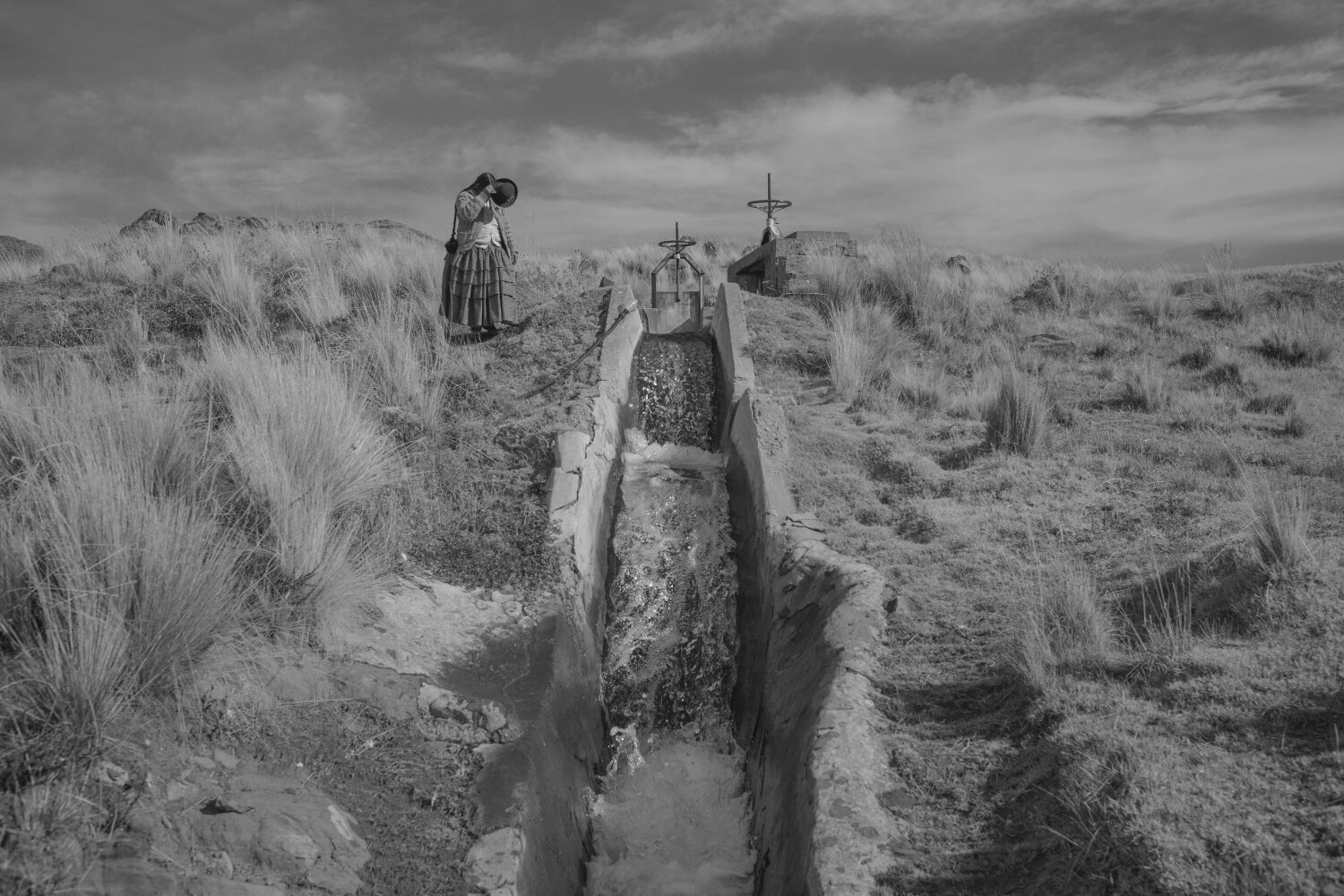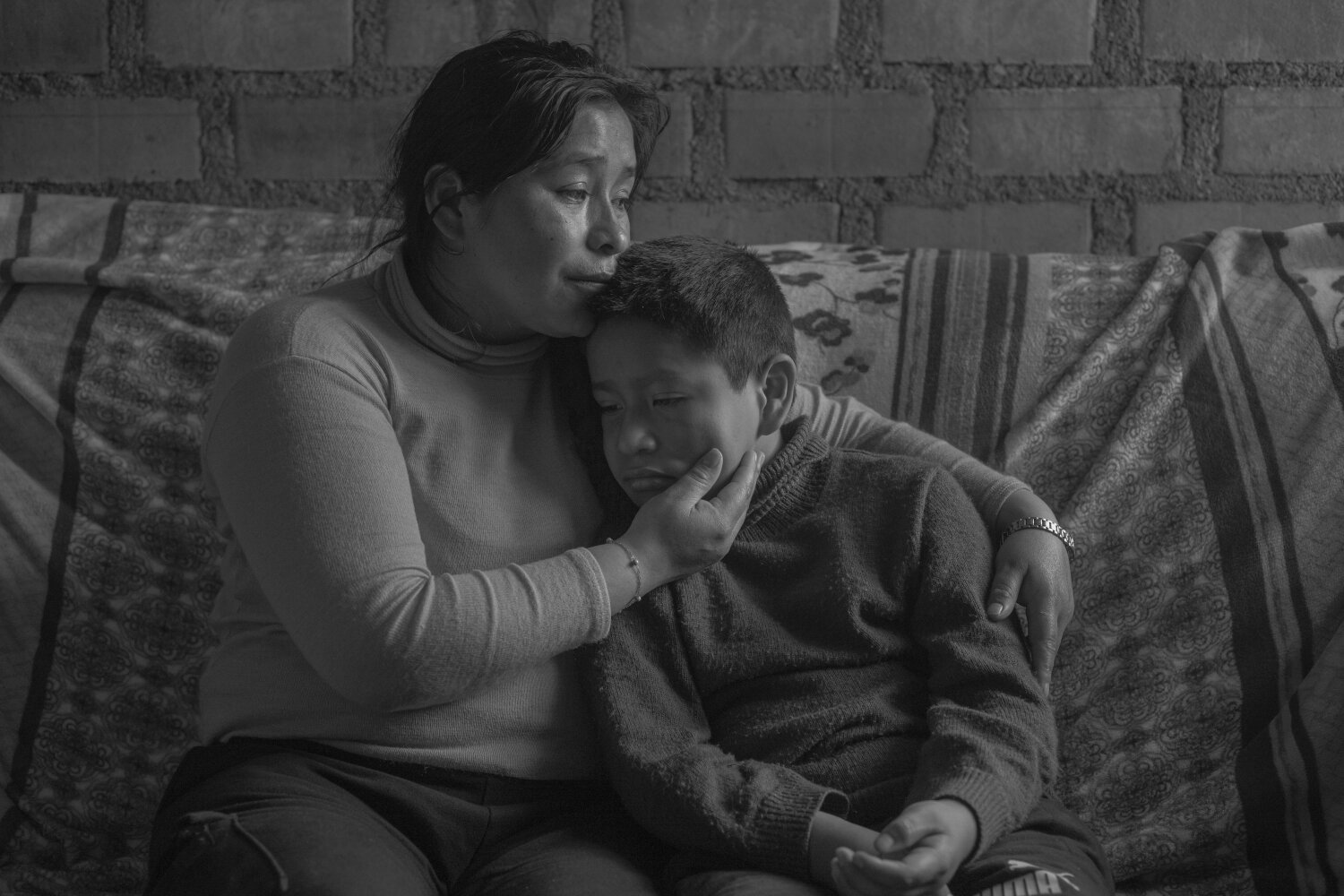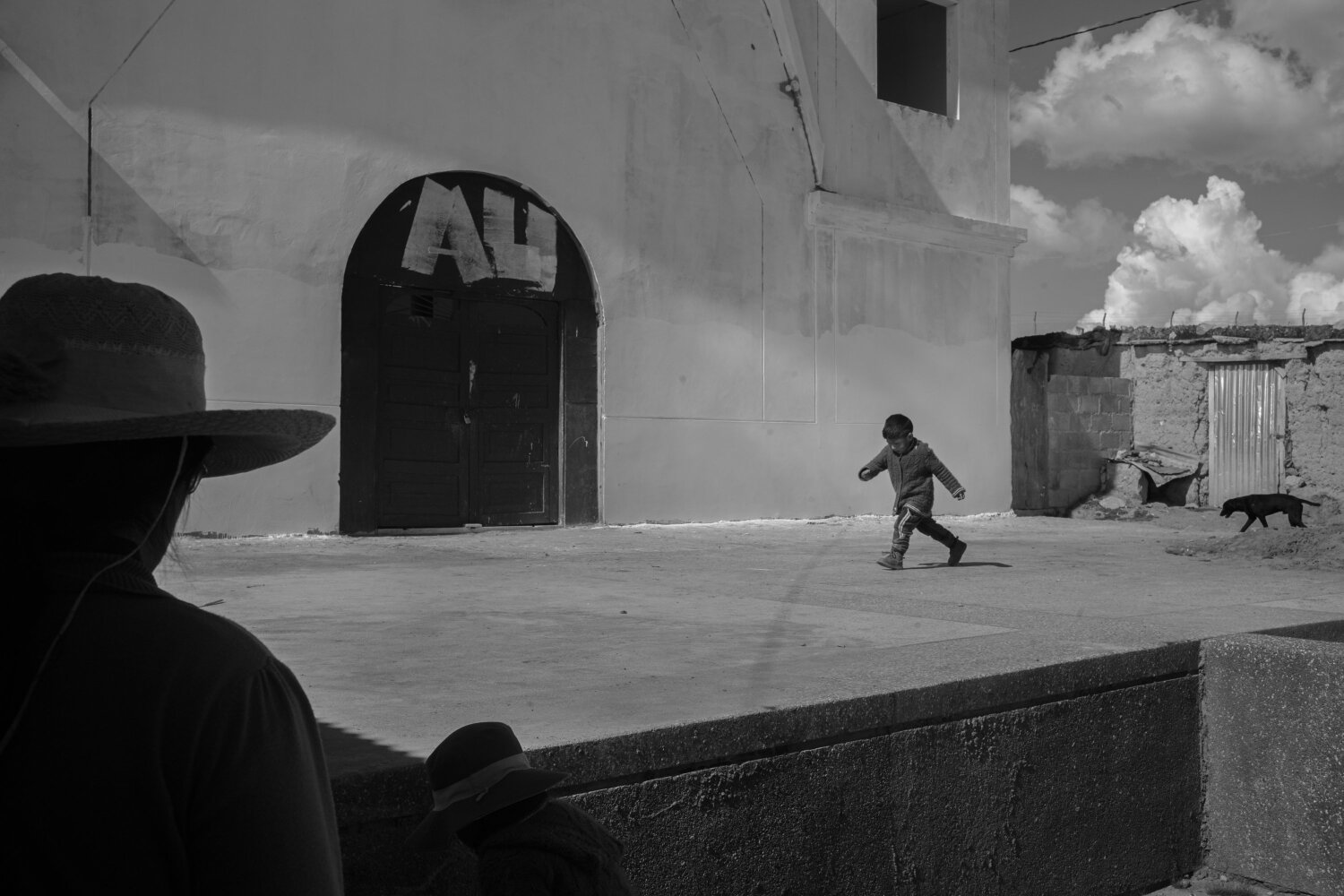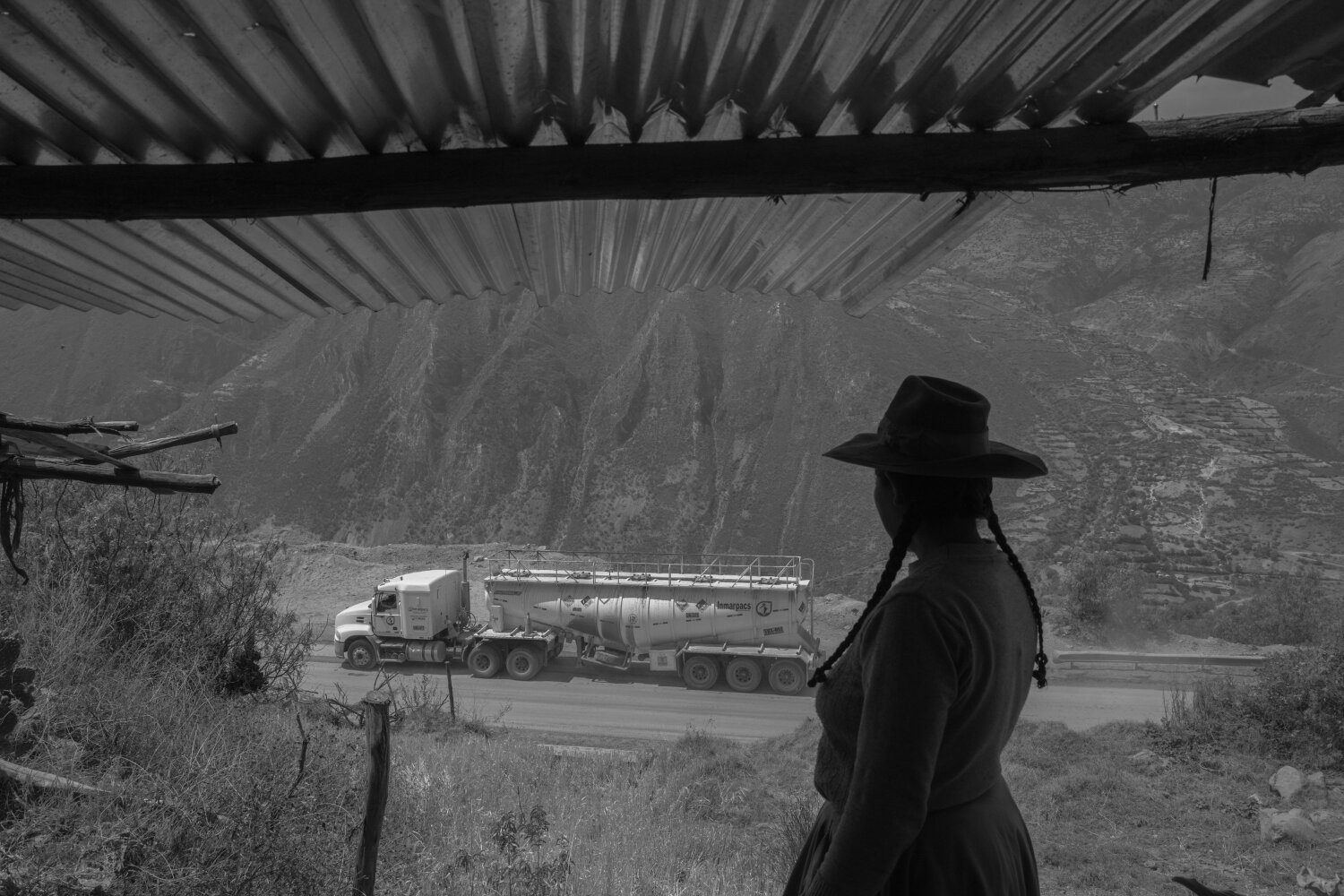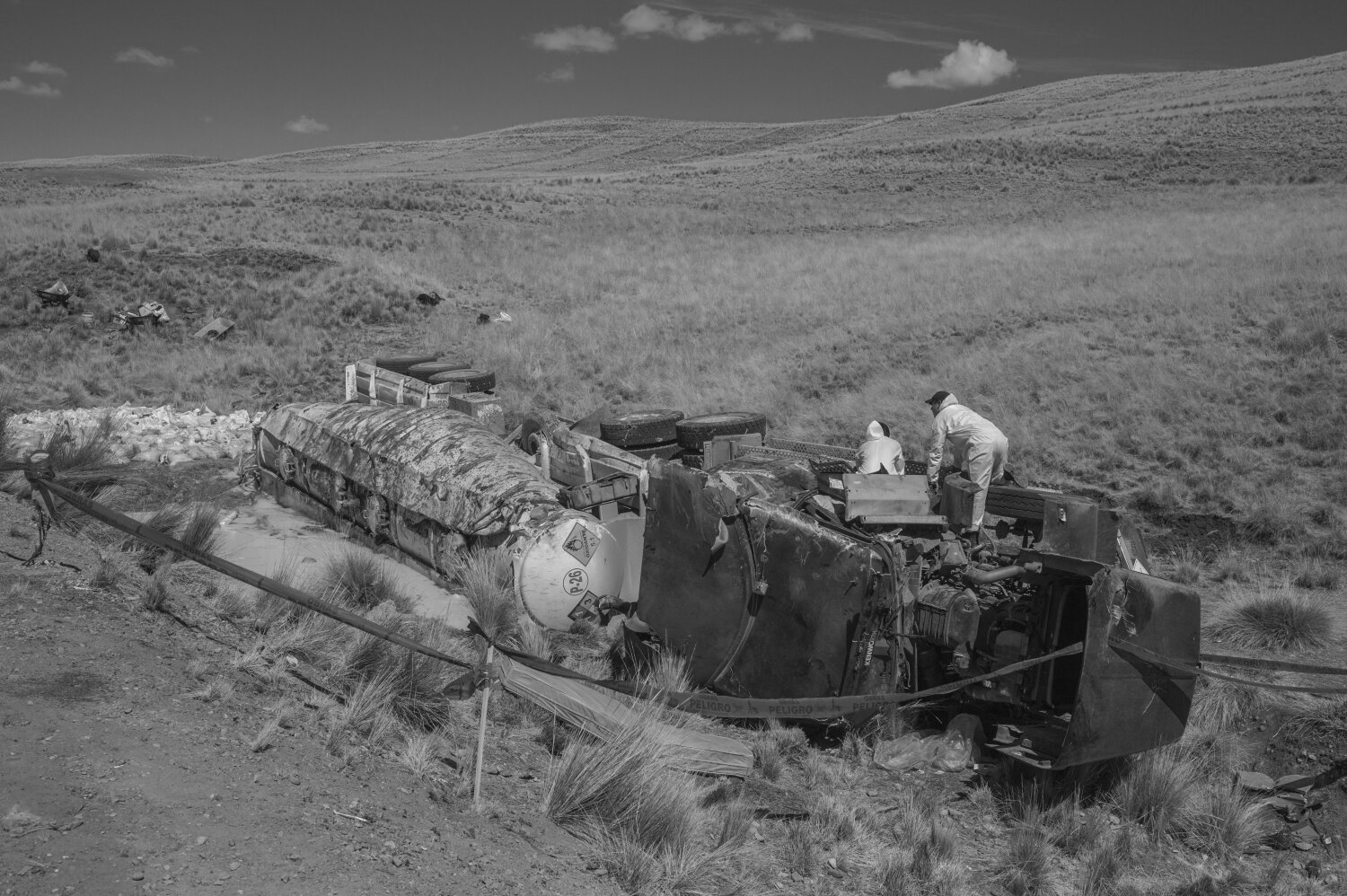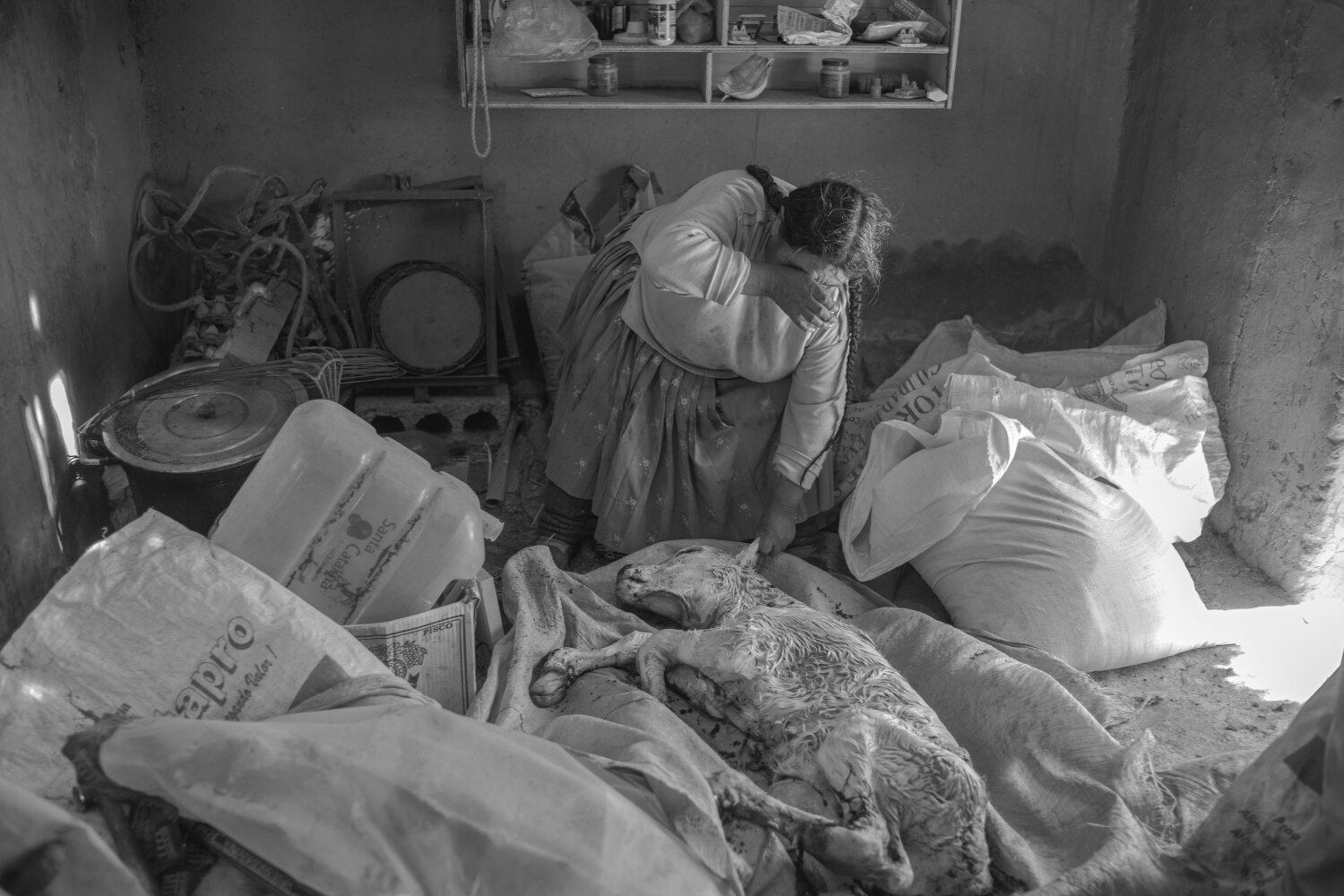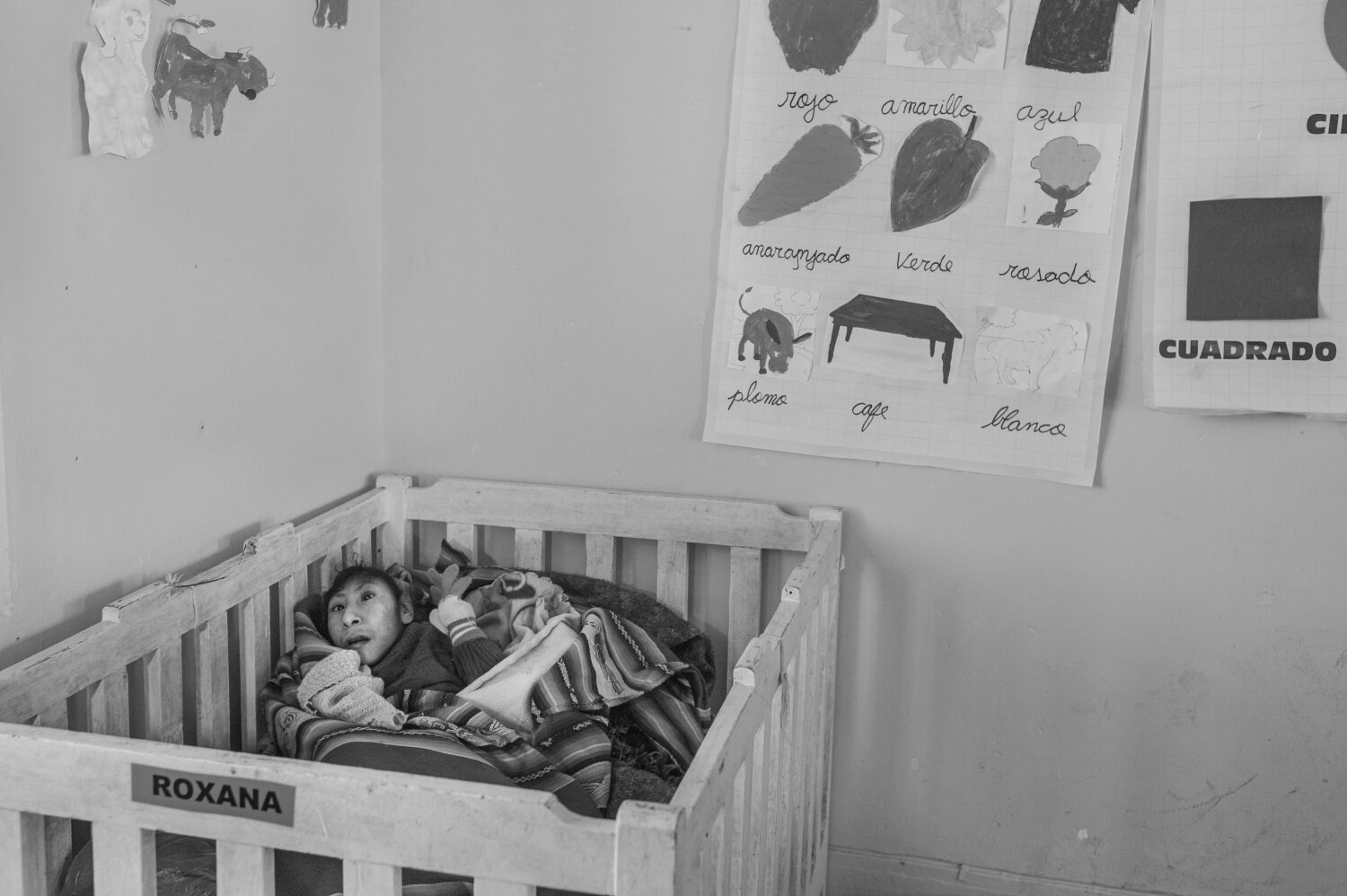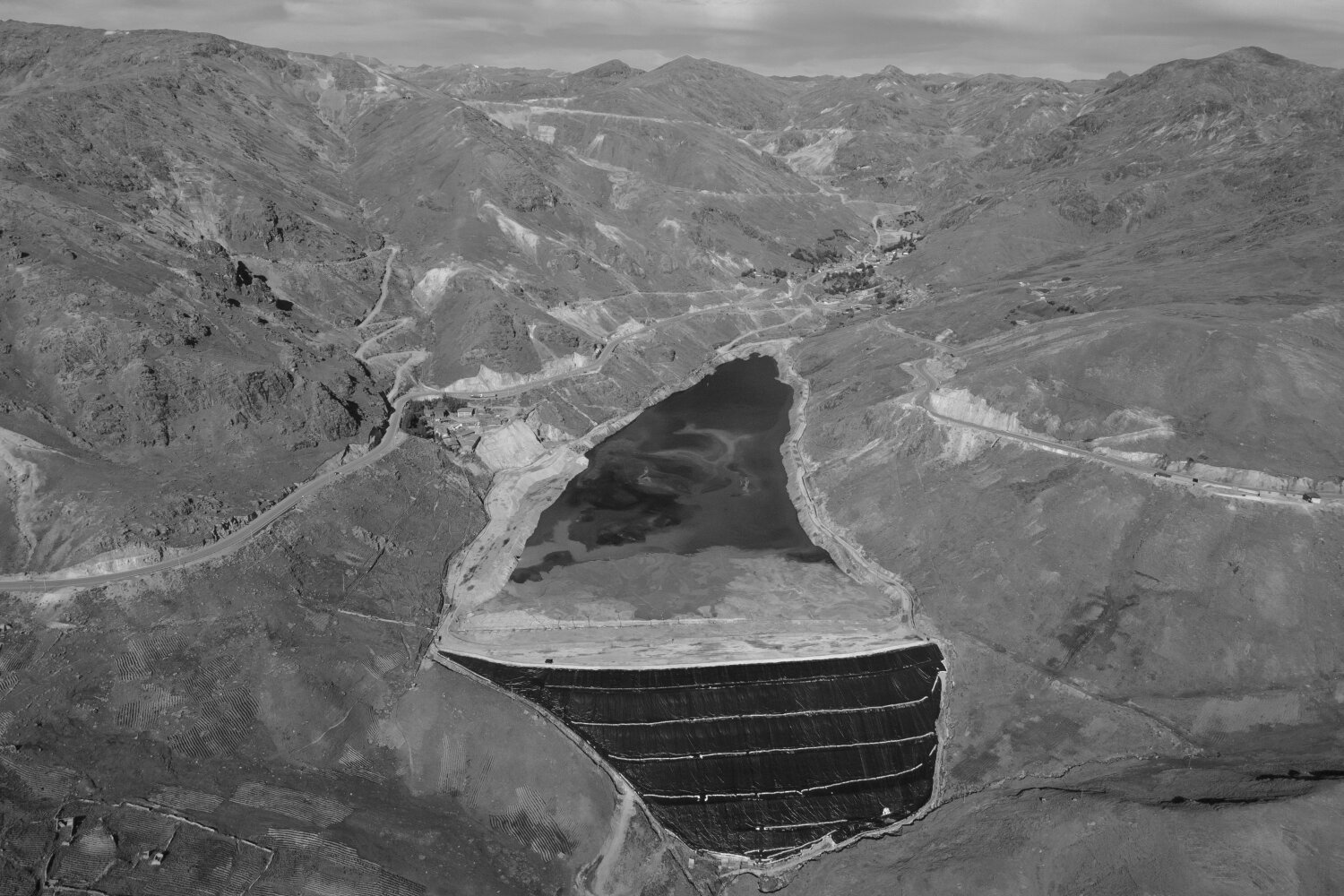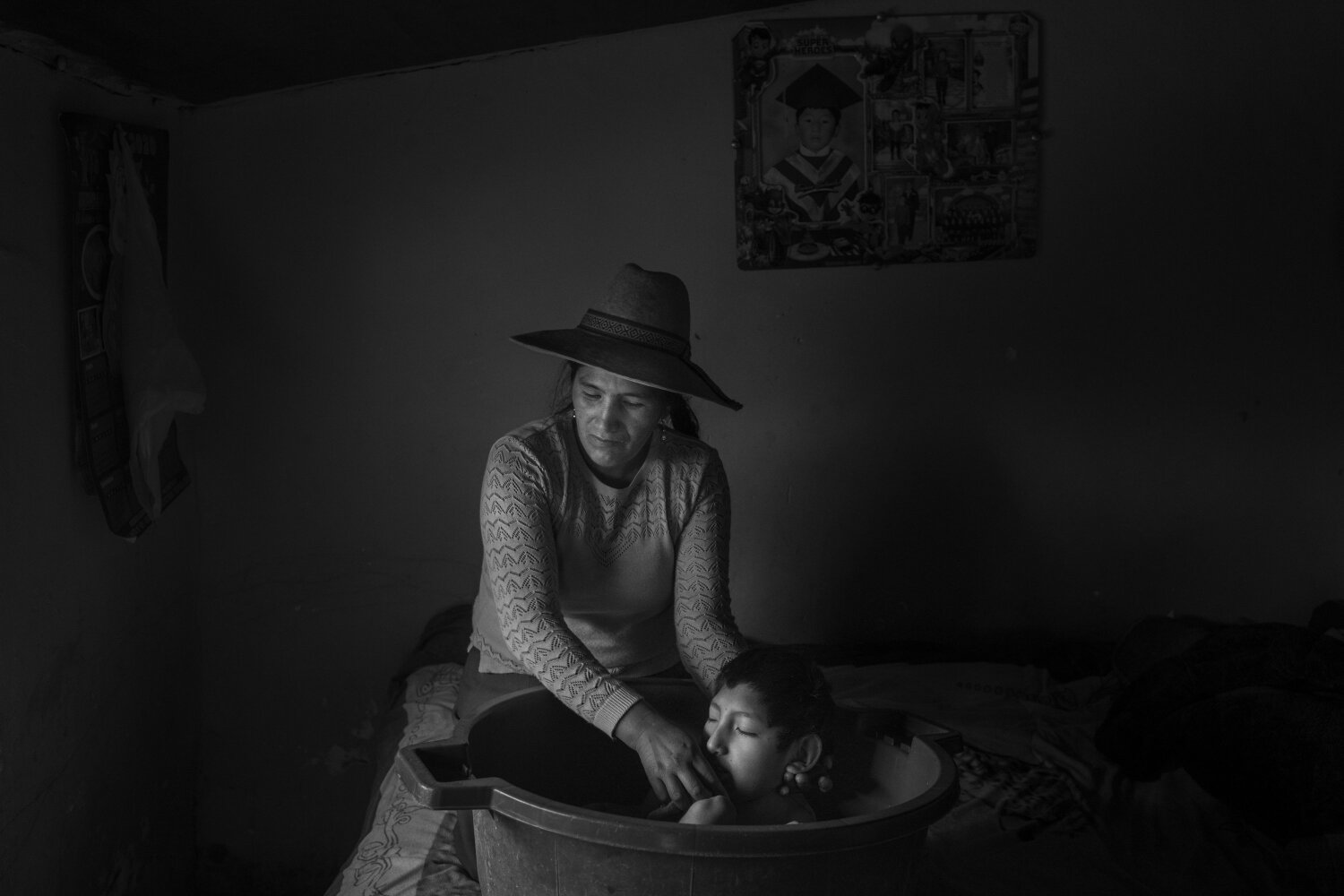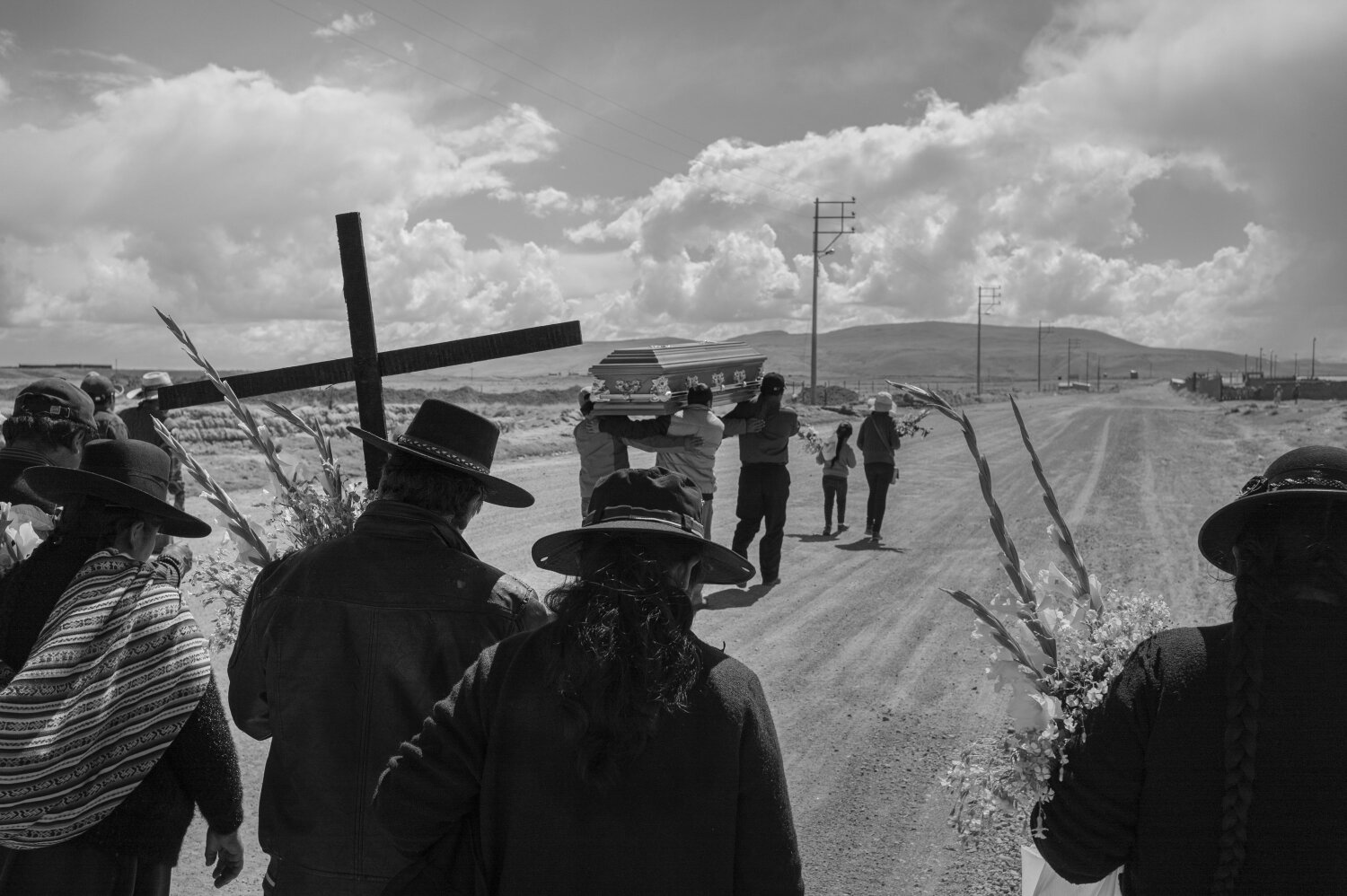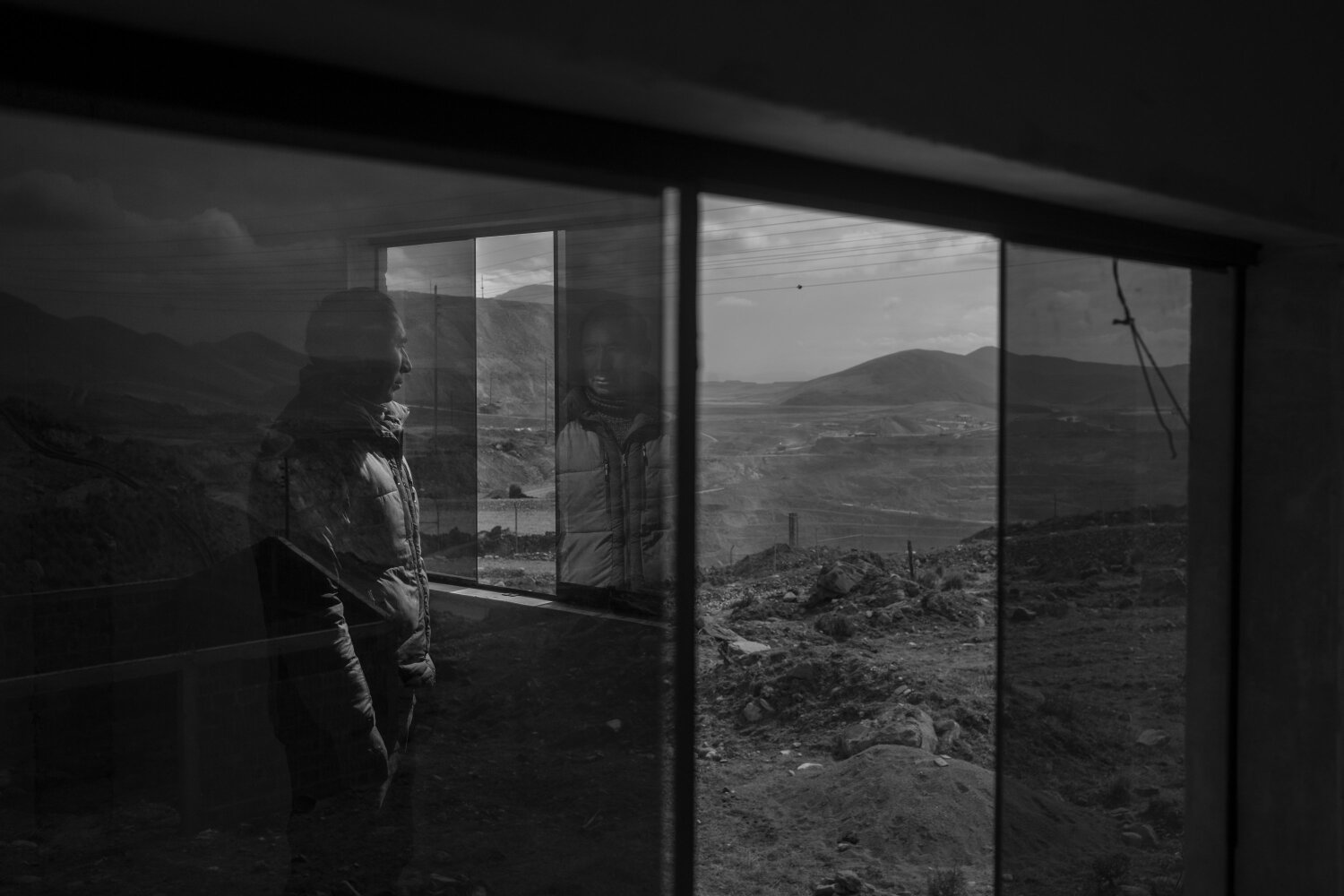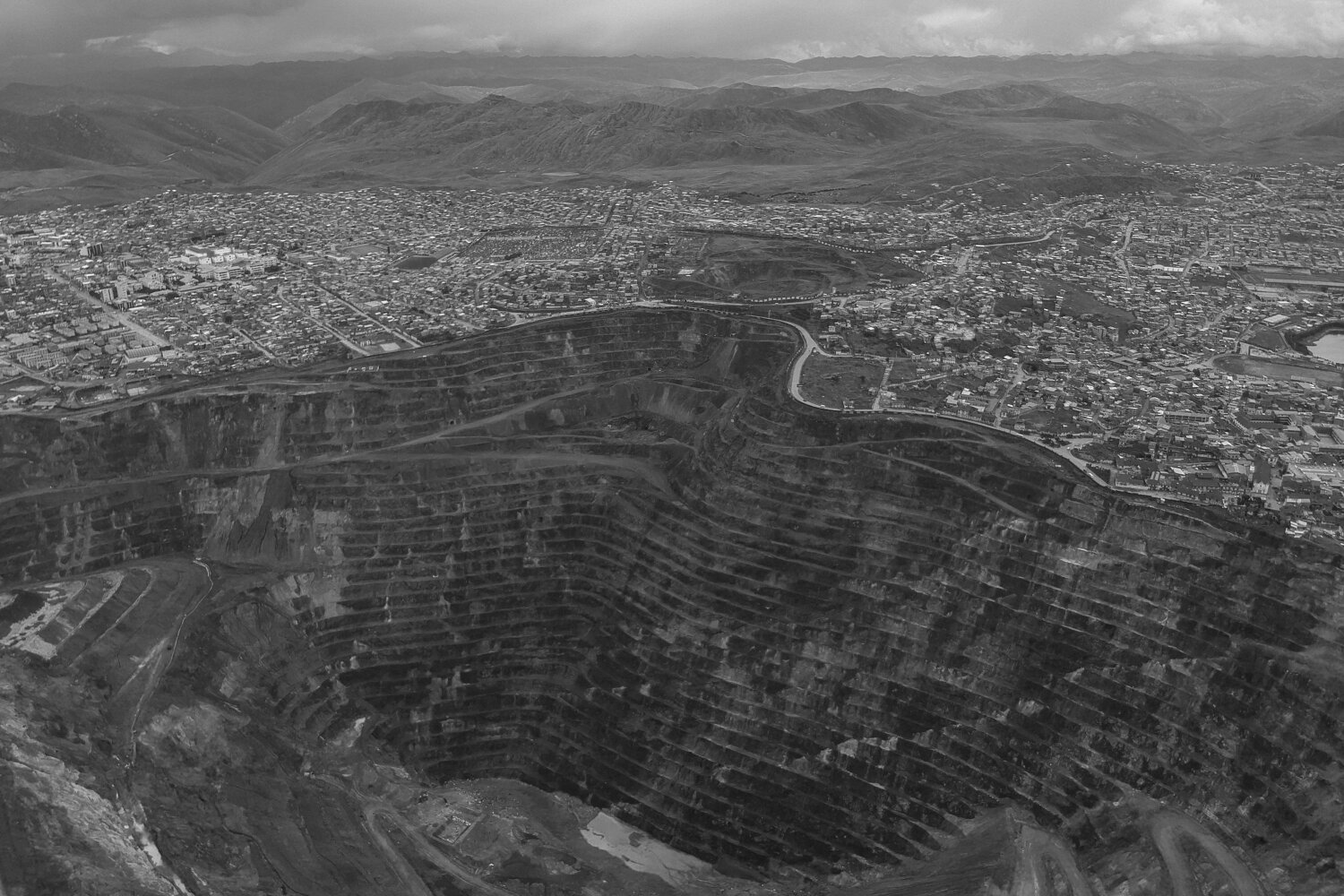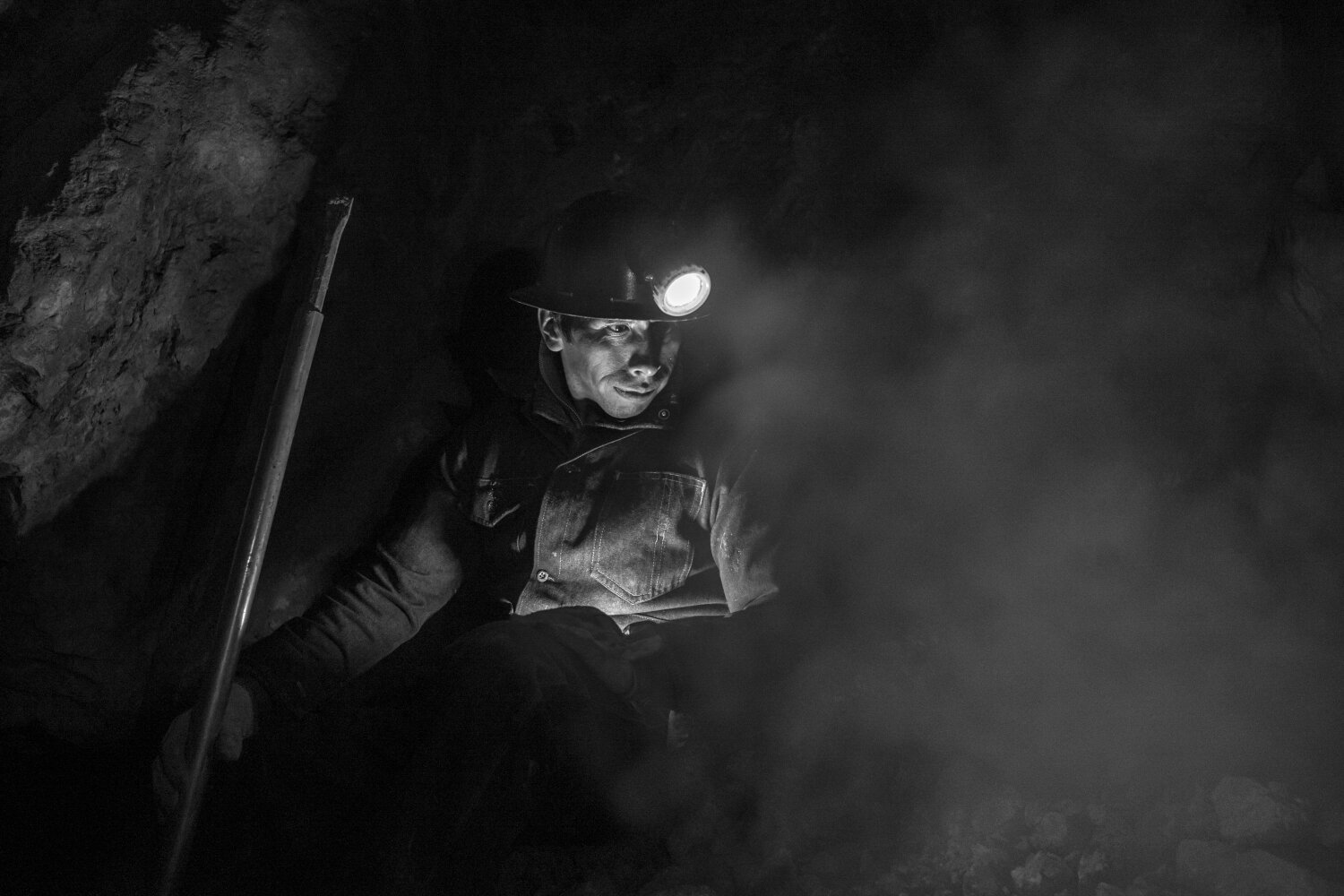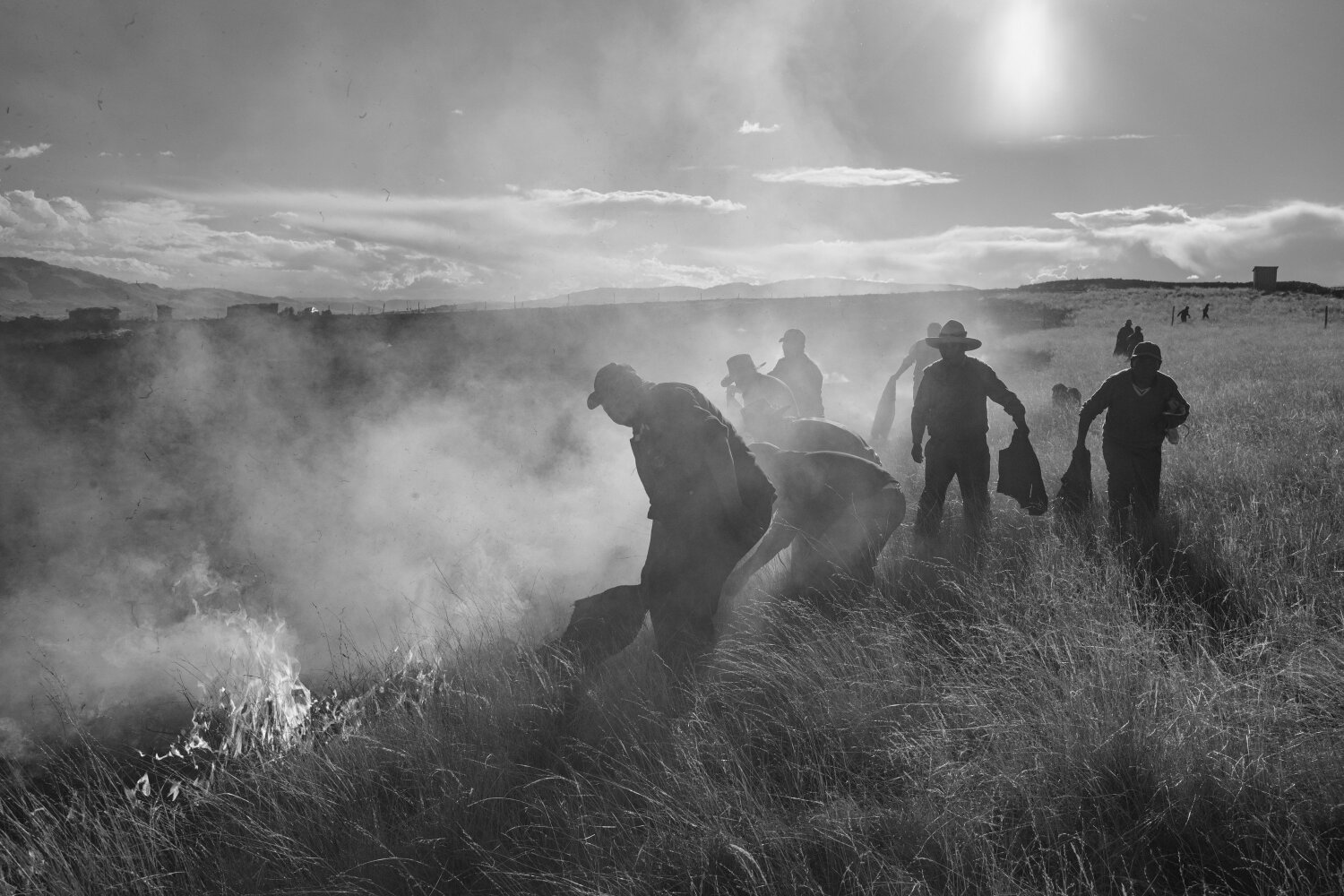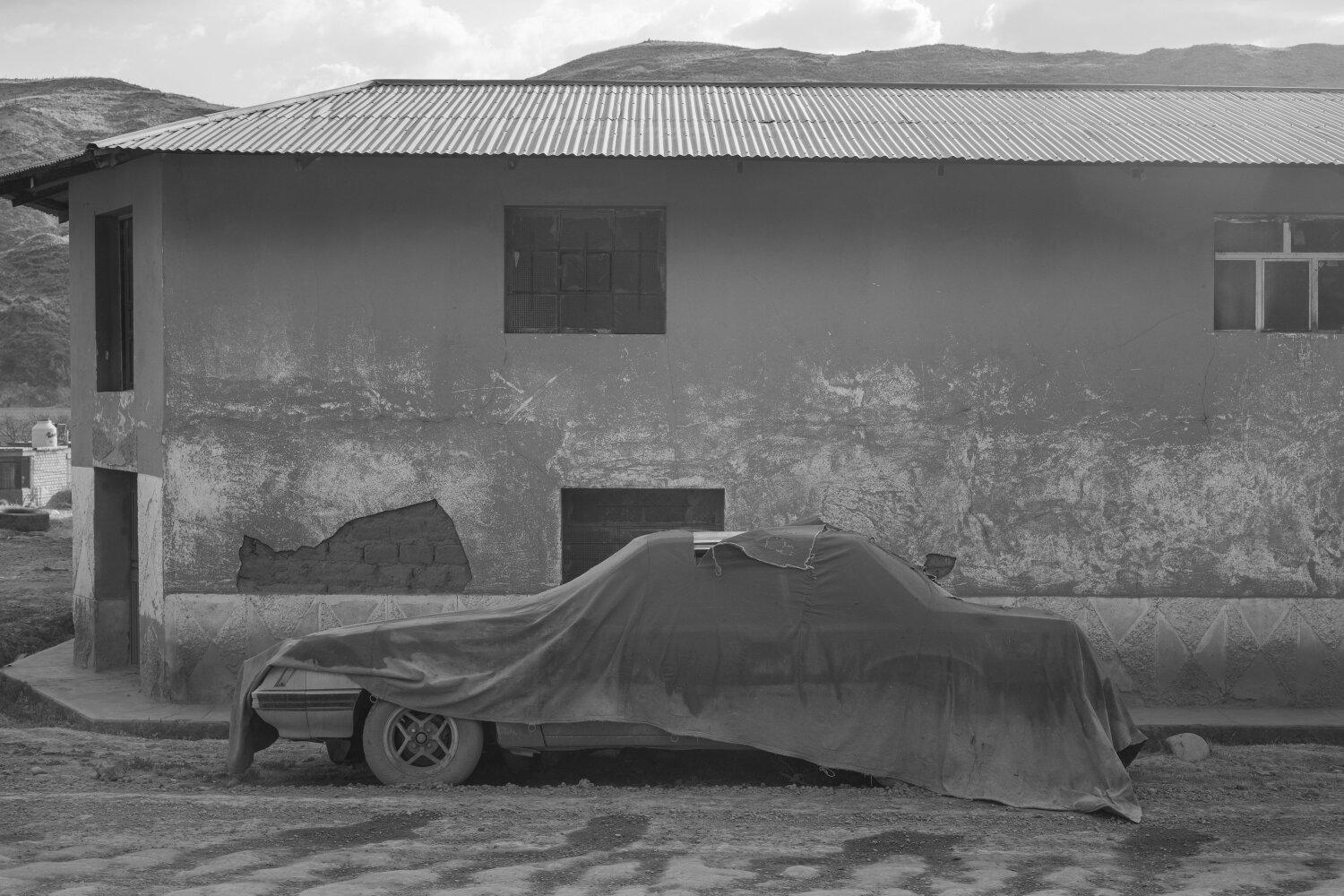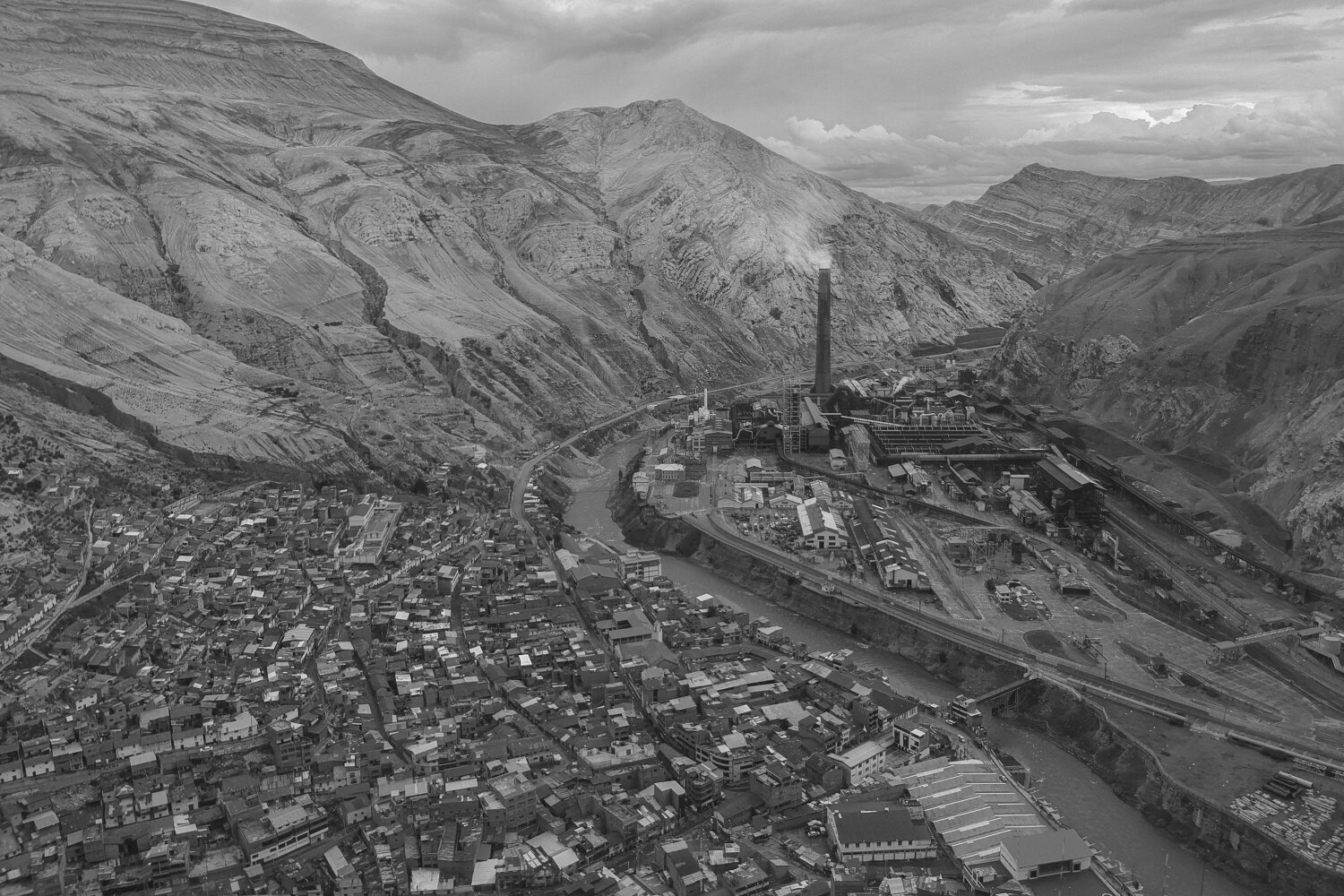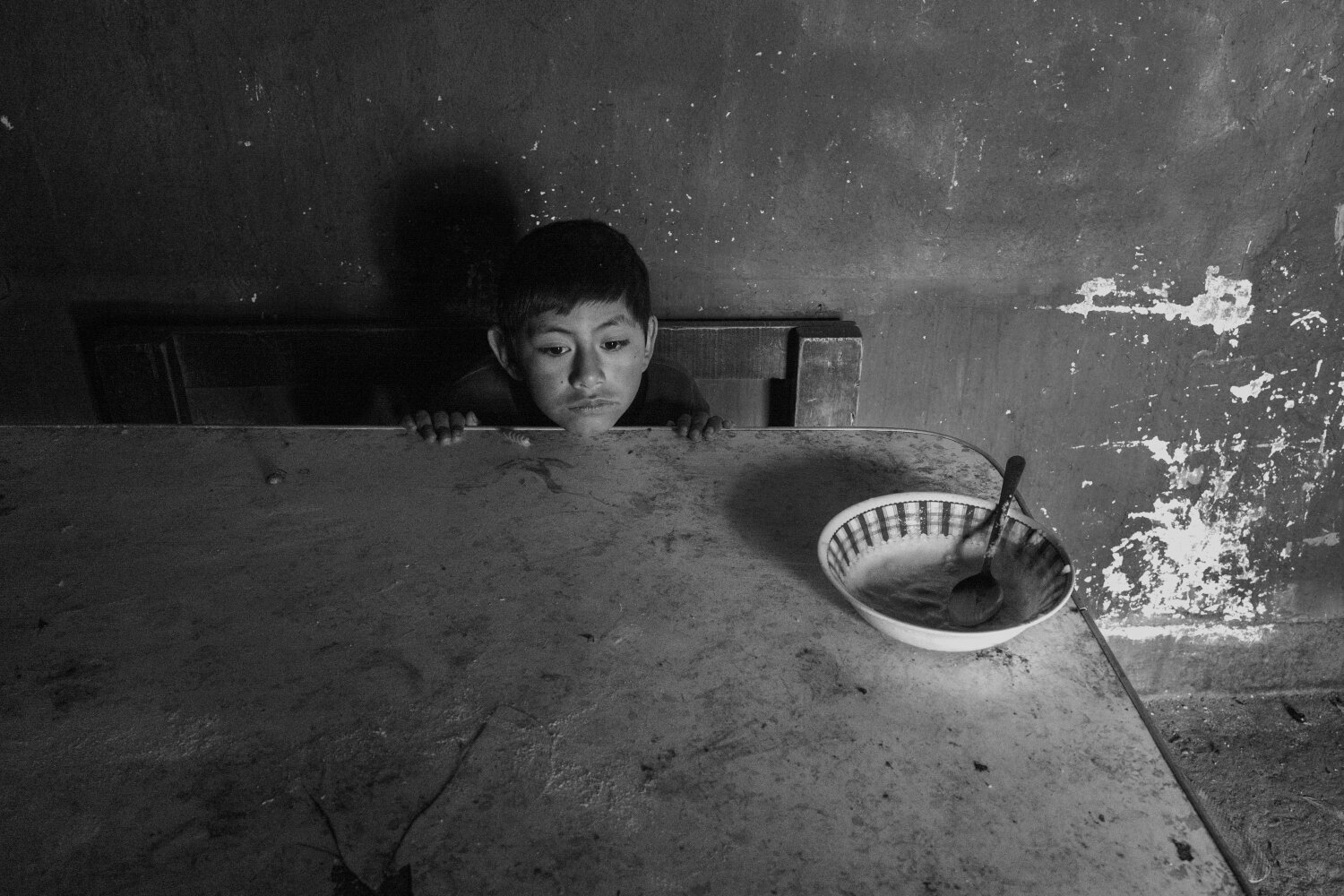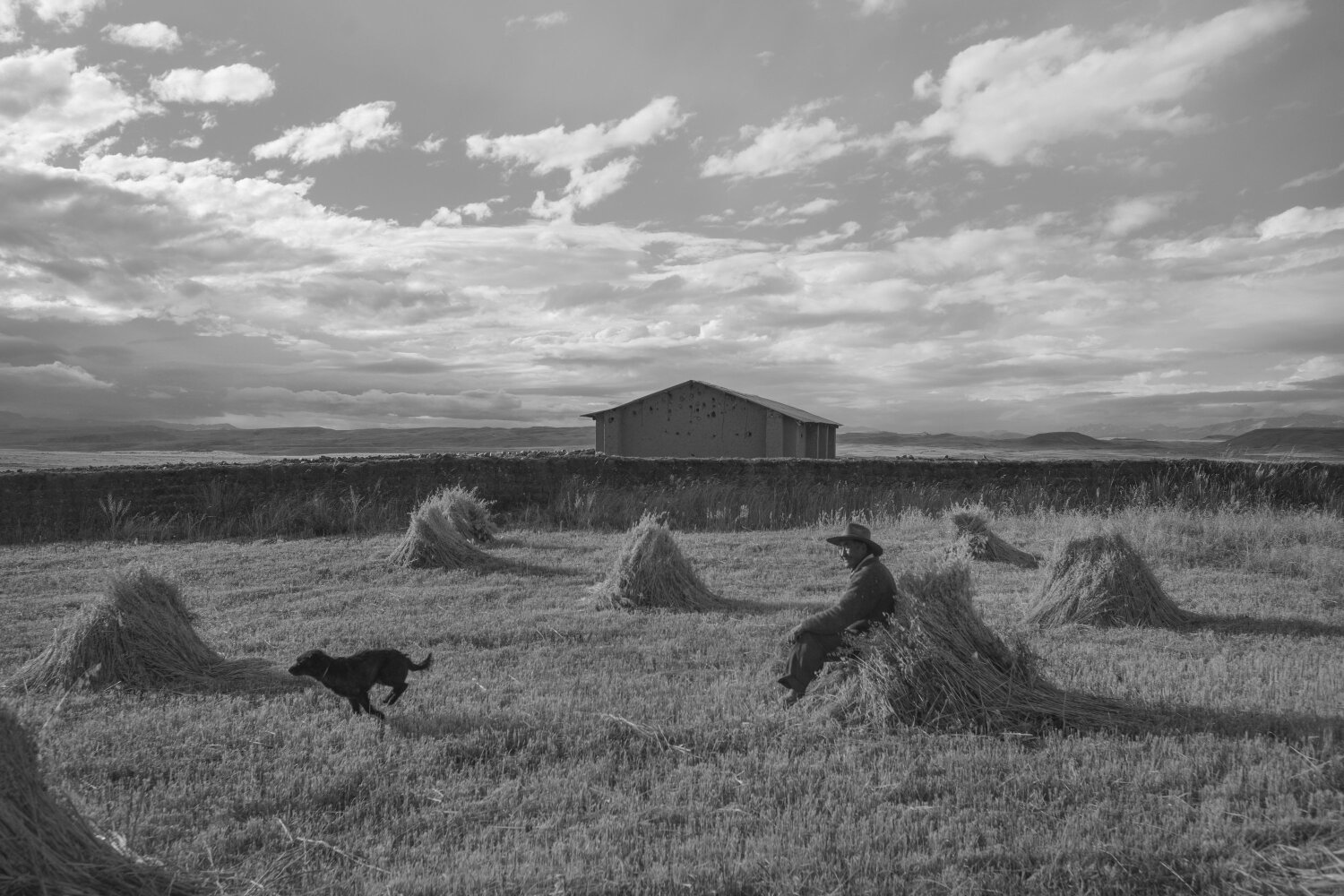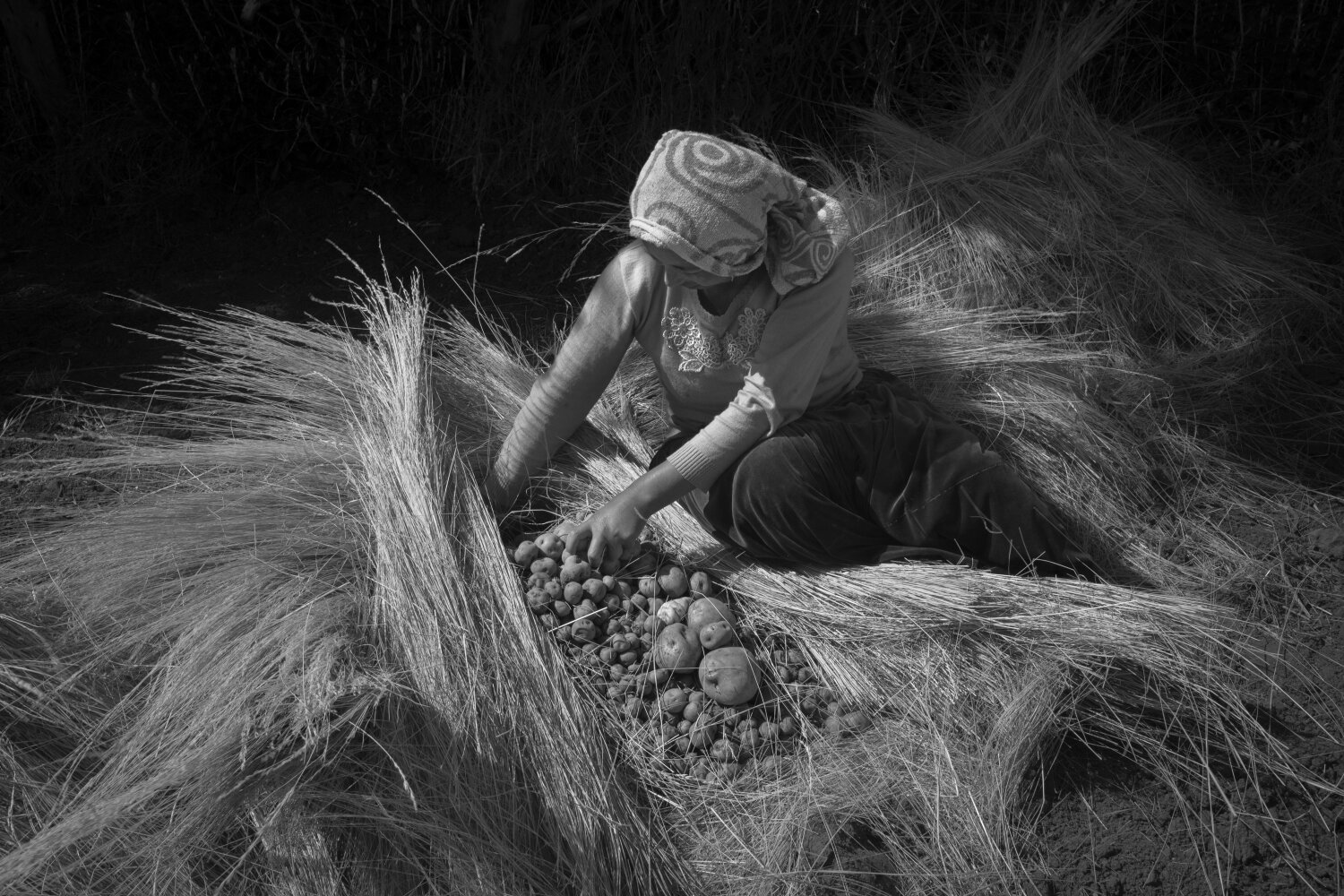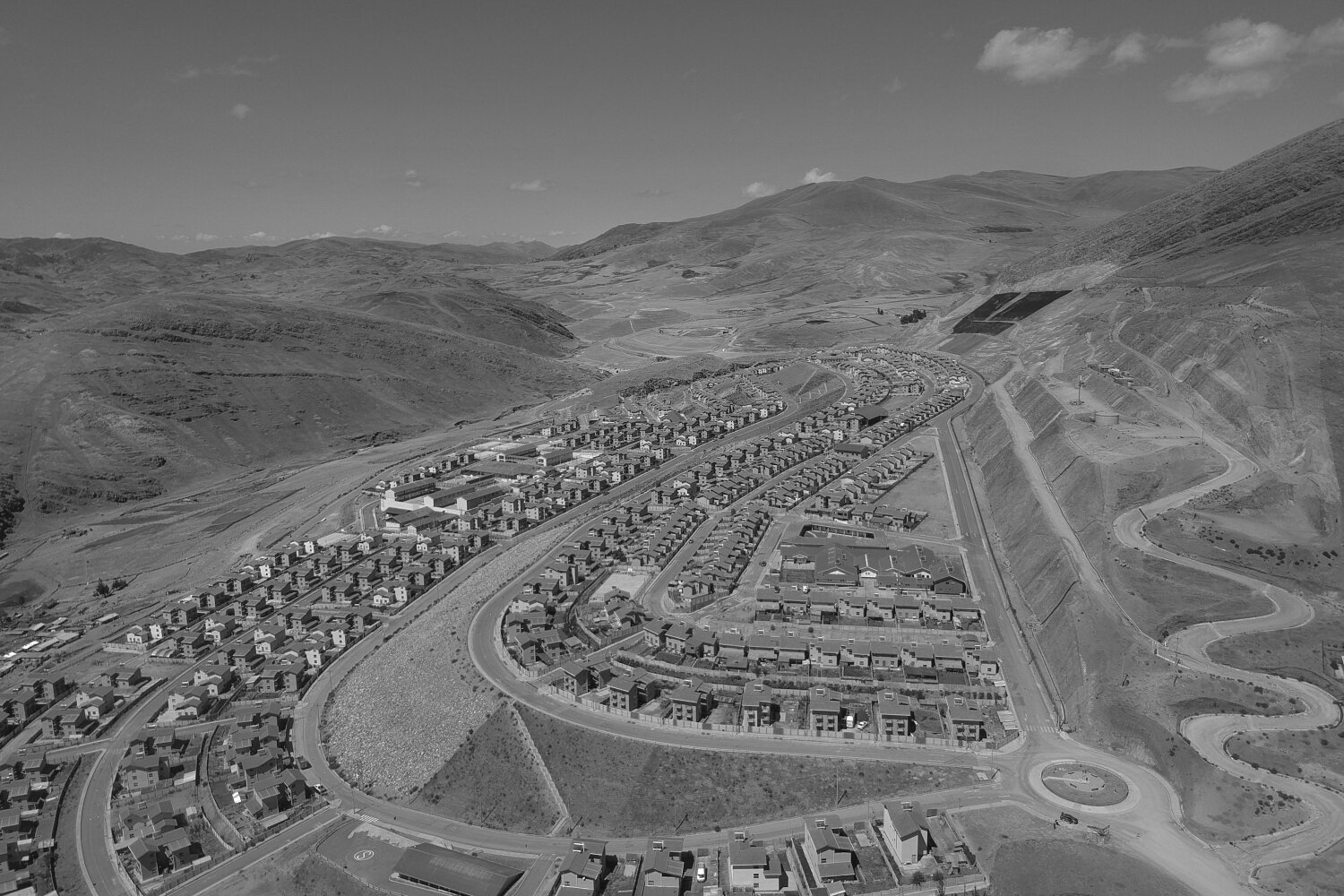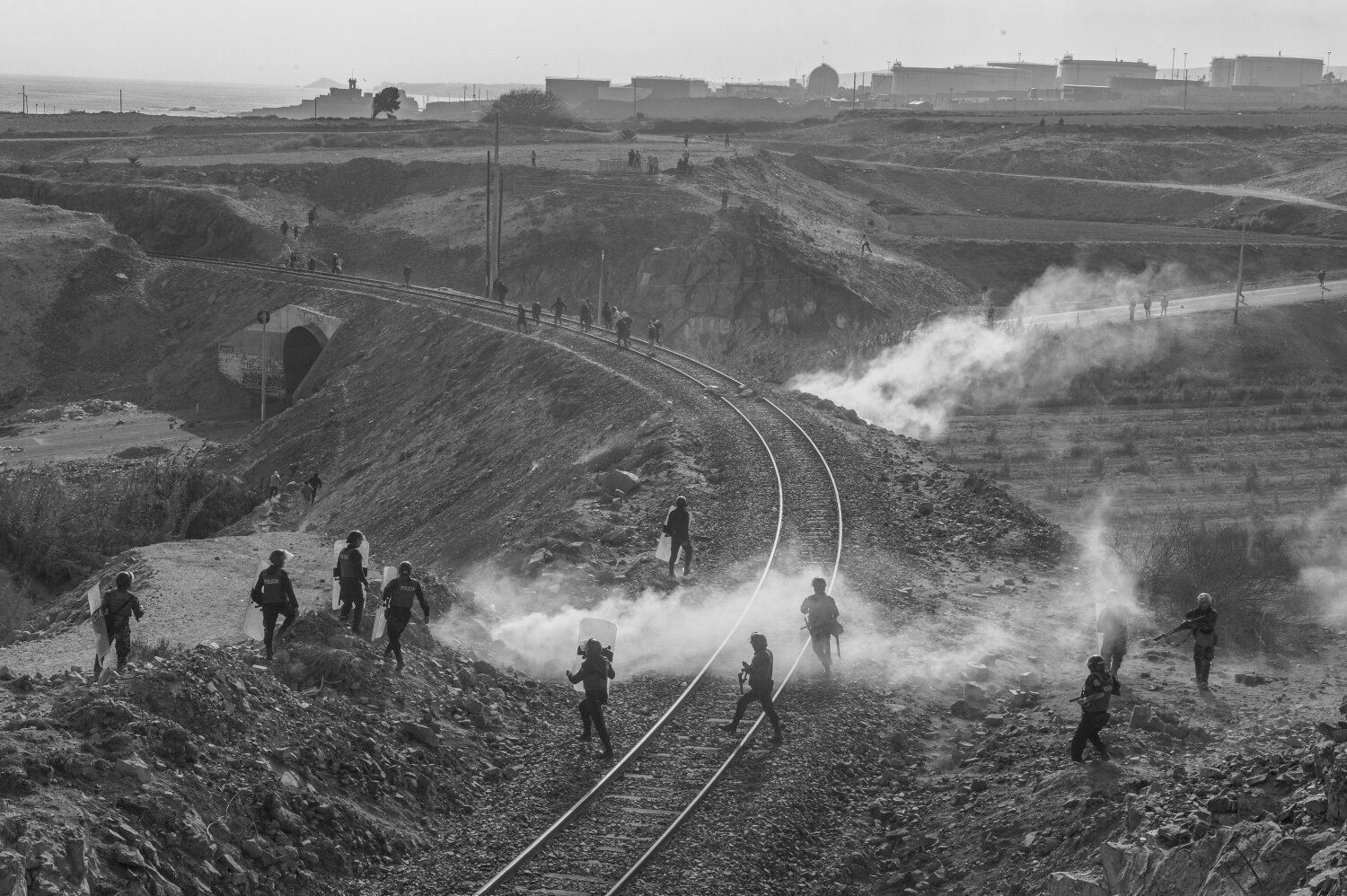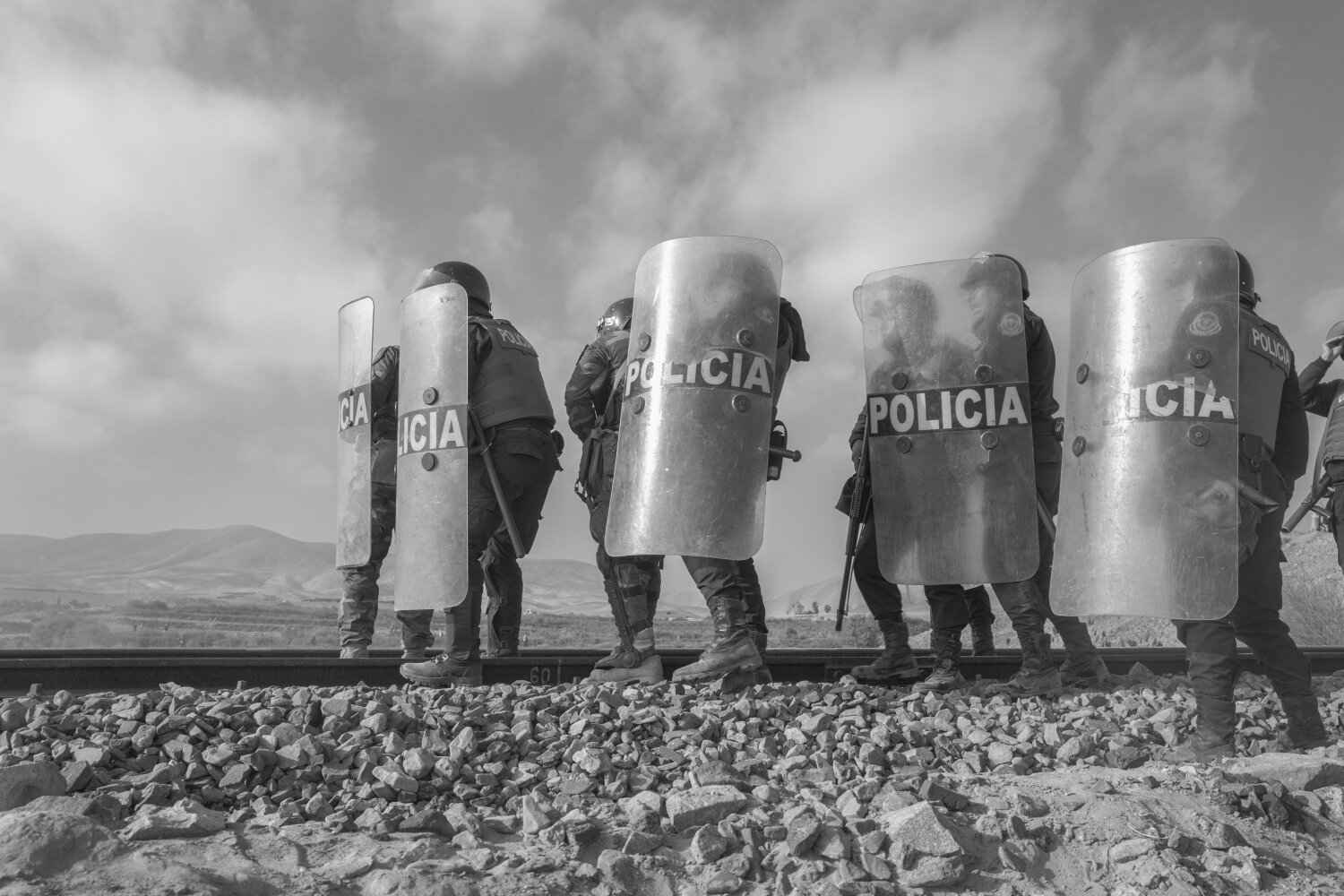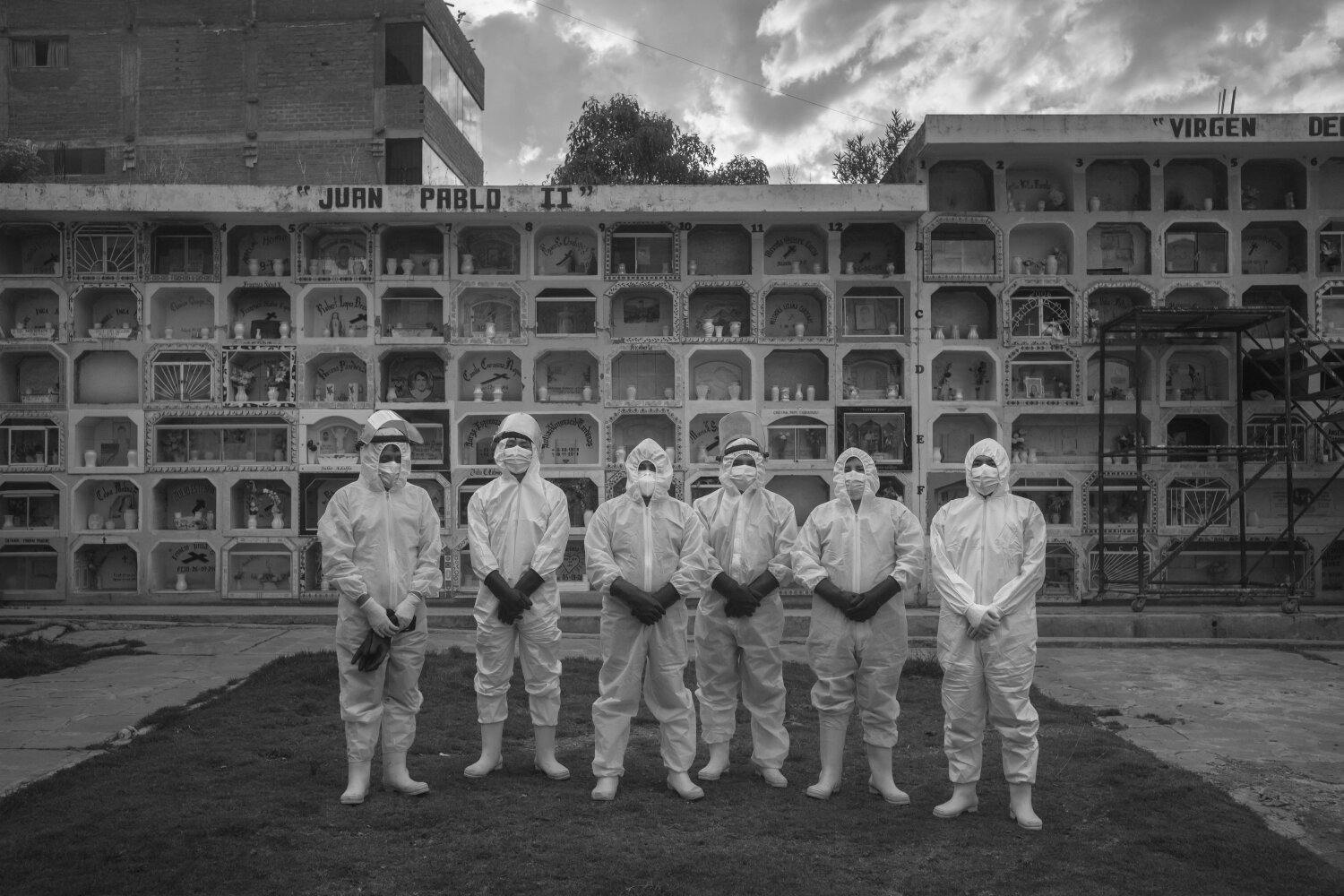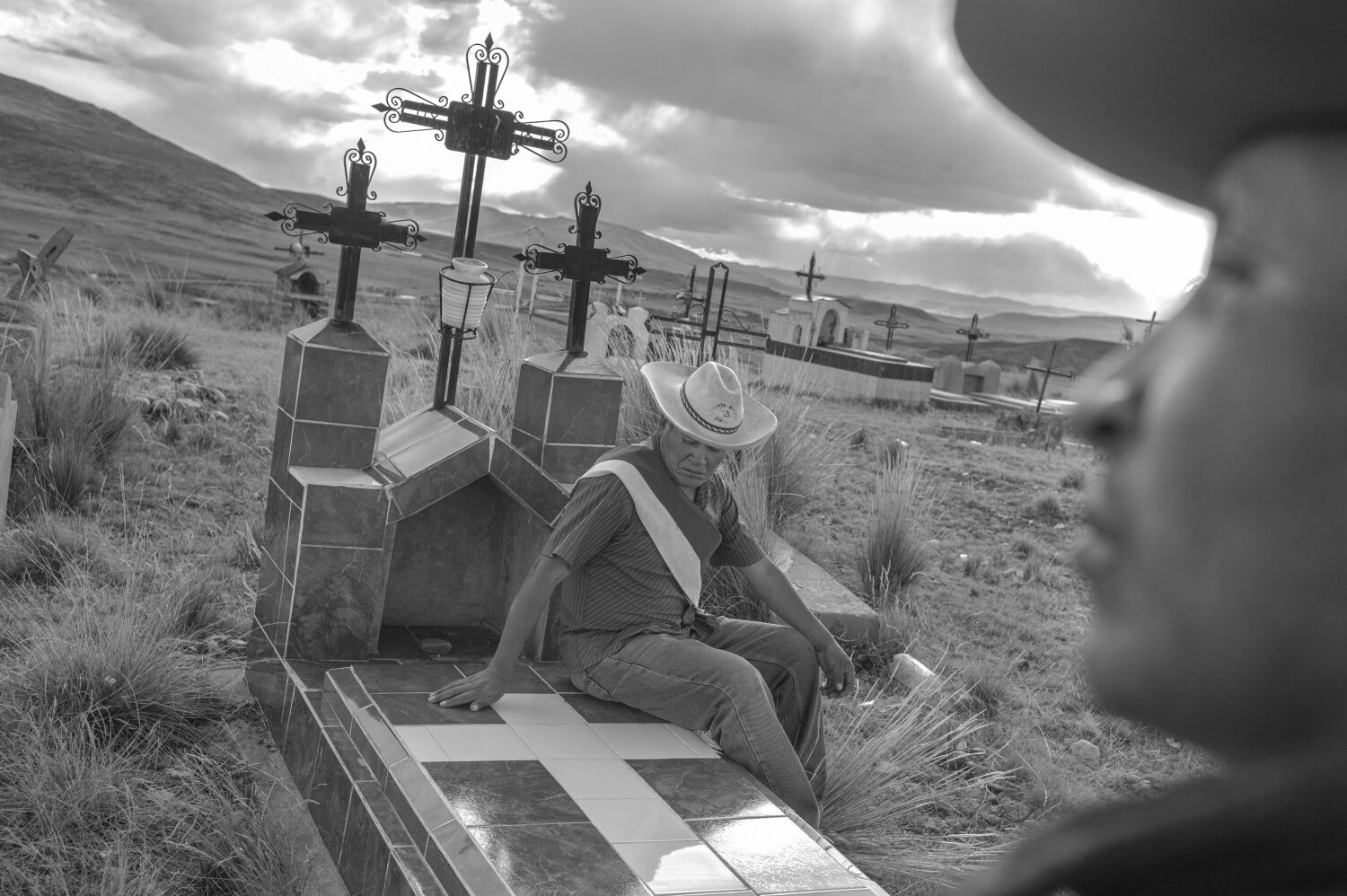PERU, A TOXIC STATE
2017 - Ongoing
Peru has immense mineral wealth in its striking Andes mountains. It’s the world’s No. 2 producer of copper and silver and a key producer of gold. But under its scorching sun, metallic opulence coexists with abject poverty. Mining is more than twice as important as tourism to Peru’s economy. But the Andes remain home to some of the country’s poorest indigenous communities, Quechua-speakers whose mineral wealth was once sacked by the Spaniards and is now exploited by multinational corporations.
Peru: A Toxic State is a 6-year journey covering 20,000 thousand kilometers and 35 mining communities chronicling the neocolonialism of today’s mining industry. In 2021, Peru celebrated its 200th anniversary of independence, but the Andean mineral wealth is just as foreign to indigenous communities today as it was under colonial rule. Between 2021 and 2022, a wave of protests swept Peru, whose geography is defined by mining. Spaniards operated a mine in Santa Barbara as early as 1566. Later, they moved to Cerro de Pasco, where the pursuit of wealth was so brazen the pit almost swallowed the city. To this day, Peru’s colonial mining towns exist in poverty. Mining plundered their wealth and local water sources, creating dead fields and killing livestock, the engine of the economy for the local population. The end of colonial rule set up the scene for a new problem: neoliberalism. Multinationals scouted the Andes for metals. Anglo-Swiss Glencore settled in Espinar in 2011. China’s MMG opened Las Bambas in 2016. Tensions with indigenous communities have risen recently, with a historic wave of protests between disrupting key mines, buoyed by the presidency of Pedro Castillo, Peru’s first Campesino head of state. Many in the Andes identified strongly with Castillo, even after he got himself ousted after trying to dissolve Congress illegally. A key complaint is that mining wealth has not trickled down to the local population.
The price to pay under neoliberalism has been the health of indigenous Peruvians, whose water sources were either diverted to mining or polluted by it. Scores have toxic metals in their blood that can cause anemia, respiratory and cardiovascular disease, cancer, and congenital malformations. Their human rights have not been respected by companies or governments. The project shows the impact of neoliberalism in Peru, through the lens of new and old mining. Peru may be mineral-rich, but its ancient indigenous communities are still poor.

